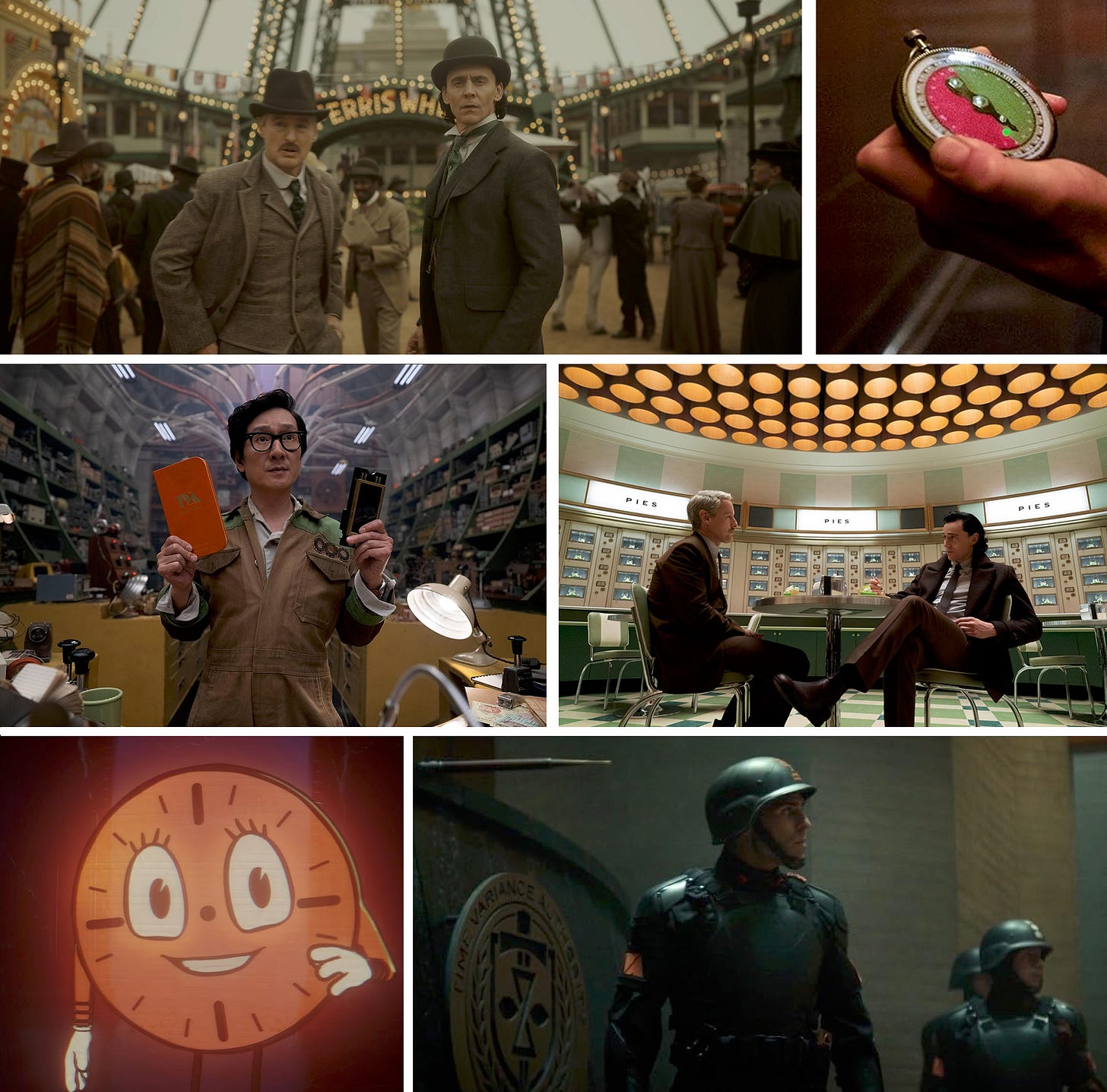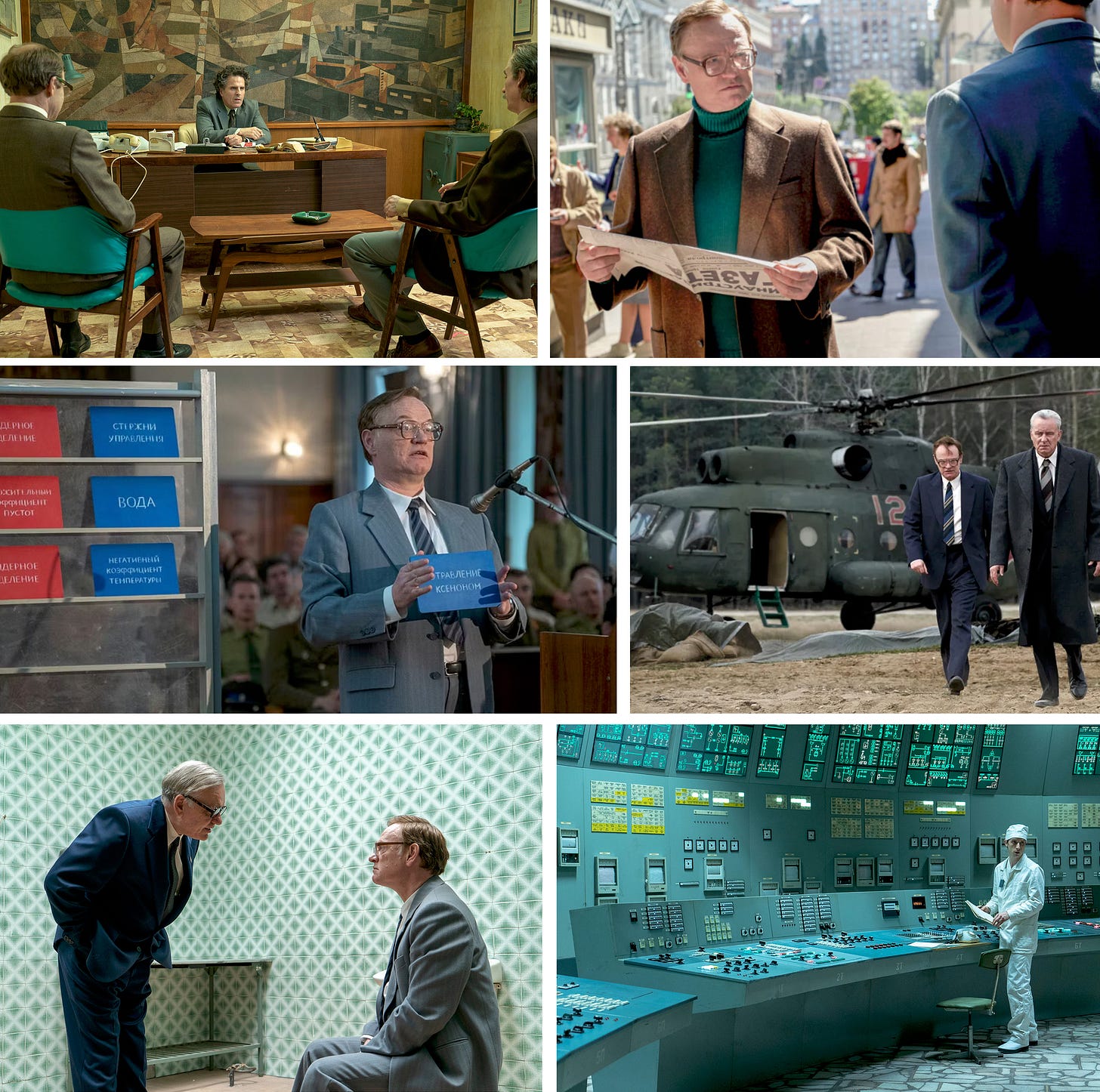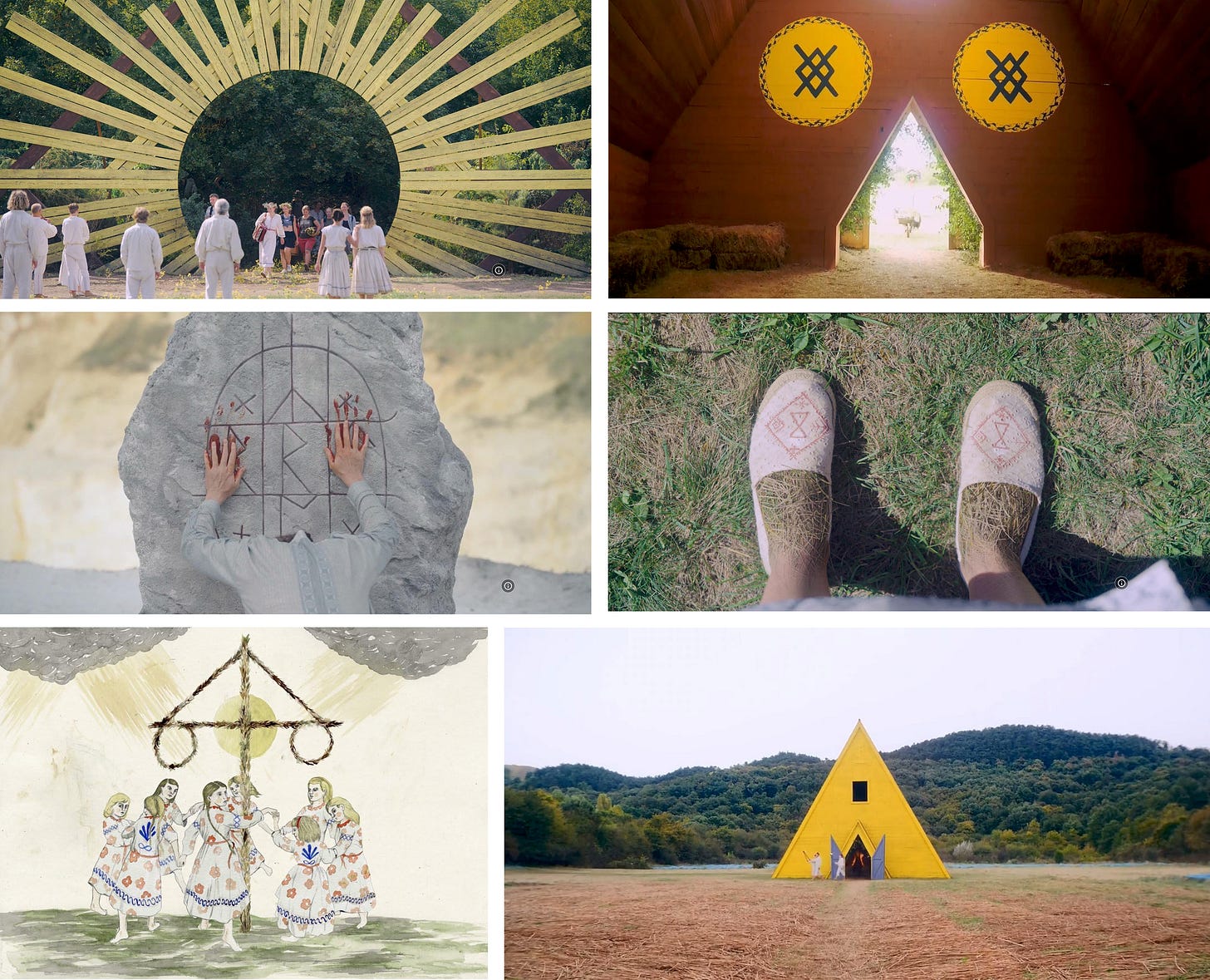Shape language in film design
Shapes convey meaning, evoke emotions, establish tone and create the visual language of design.
In film graphic design, shape language is as crucial as color, era, or genre. Using forms like circles, squares, and sharp angles, allows the designer to control a scene’s emotional tone and visual cohesion. Assessing shape language ensures that graphics align with the production design, making every element feel intentional and enhancing the story’s atmosphere and impact.
What is shape language?
Basic shapes like circles, squares, and triangles carry deep psychological meanings that evoke emotions and memories, influencing the mood of a design. These fundamental forms shape every element, from layout to typography. By mastering shape language, designers can strategically convey messages and evoke desired feelings in the audience. Understanding the emotional associations of each shape is essential for refining one’s work and ensuring the right choices in fonts, illustrations, and compositions. For example:
Shapes can impact world-building by reinforcing the genre and tone—triangles might enhance a futuristic feel, while soft curves might convey mystical vibe; stories of oppression might feature chunky cubes.
Shape choices also impact emotions; sharp typography conveys danger, while soft lettering feels more inviting.
Shapes play a key role in historical design era, for example Art Nouveau has flowing curves, while Bauhaus design uses clean geometric forms.
Contrasting shapes can draw the audience's attention, create tension or add importance. A circular element in a rectangular setting will stand out, and guide the viewer's eye to important information like a key prop.
The Basic Shapes:
Basic shapes like the circle, square, and triangle, are the building blocks of visual language. They are the elemental components upon which more complex visual elements are constructed. The inherent qualities of these basic shapes convey concepts that are universally understood.
THE CIRCLE:
Circles are smooth, curved shapes and lack corners and edges that inherently convey softness.
They signify wholeness, cuteness, friendliness, harmony, protection, power, completion, eternity, and perfection.
They convey a sense of inclusivity and harmony, making them suitable for concepts of unity, connection, and cycles.
The oval adds sophistication, elegance, grace, and femininity.
Circles feature heavily in recognizable symbols like the Infinity Symbol, Yin-Yang, Peace Sign, Ouroboros (Serpent Eating Its Tail), Enso (Zen Circle), technology power button, and recycling symbol.
To emphasize the looping time and infinity theme in Marvel’s Loki, the set design, costumes, and graphics feature the circle. Everything in the top left image has soft, rounded shapes, including rounded hats and arches. In the background, circles of light form the illuminated “Ferris Wheel” sign. In other images, notice how uniform patches are circular, the book corners are round, rooms are curved, and even repetition of the word “pies” reinforce the round shape in this show.
THE SQUARE
A square’s straight lines and equal sides create a sense of structure and order not seen in nature.
It’s a foundation shape—often associated with buildings, rooms, and frames. Commonly used in grids and rigid design systems.
Its solid, enclosed form evokes protection and predictability.
It conveys fairness, logic, symmetry, stability, reliability, balance, strength, comfort, and order.
Negative connotations suggest rigidity, control, stubbornness, and an impenetrable force. Frequently used to symbolize rules, systems, or institutions—sometimes associated with rigidity or a “box” mindset.
Squares are used in institutional settings (offices, government buildings, libraries) to convey reliability, order, and conformity.
Squares are seen throughout Chornobyl, with blocky typefaces, repeating squares in floor patterns, wallpaper, cubist painting, and the control panel. The square helps reinforce the static, oppressive tone of heavy government regulation and structure.
THE TRIANGLE
The triangle conveys messages of energy, power dynamics, hierarchy, progression, tension, conflict, and trinity. It’s often associated with masculine energy.
The sharp points of a triangle feel aggressive, confrontational and emphasize danger.
Triangles represent structure, order, or top-down control—think pyramids, religious trinities, or corporate flowcharts.
Equilateral triangles symbolize balance and equality.
An irregular or obtuse shape suggests corruption and instability.
Triangles imply energy, momentum, and action—and their symbolism depends on the direction they point.
Upward-pointing triangles symbolize power or aspiration. It suggests strength and balance (as it has a solid base). They symbolize rising ambition, elevation, or enlightenment.
An inverted or downward-pointing triangle invokes instability or danger. It creates tension, imbalance, or unease and is commonly used in villainous or high-stakes environments.
Common triangles in our world include the play button, warning symbol on traffic signs and dangerous household products, and the all-seeing eye and pyramid on a US dollar bill.
The triangle is a repeating shape in Midsommer, emphasizing the cult and hierarchy in this community. There is an unsettling power dynamic, and the triangle emphasizes this danger. The triangles blend pagan spiritual traditions seen in the runic symbols with rigid hierarchal structures.
Circles, triangles, and squares are just the beginning. Shape language goes much deeper — into spirals, zigzags, crosses, and even the hidden power of pentagons and hexagons. In the next section, we’ll break down how detailed shape language can transform a graphic’s emotional impact — and how understanding these subtleties can help you create designs that feel perfectly tuned to the mood, meaning, and world-building of a film or TV series set.






